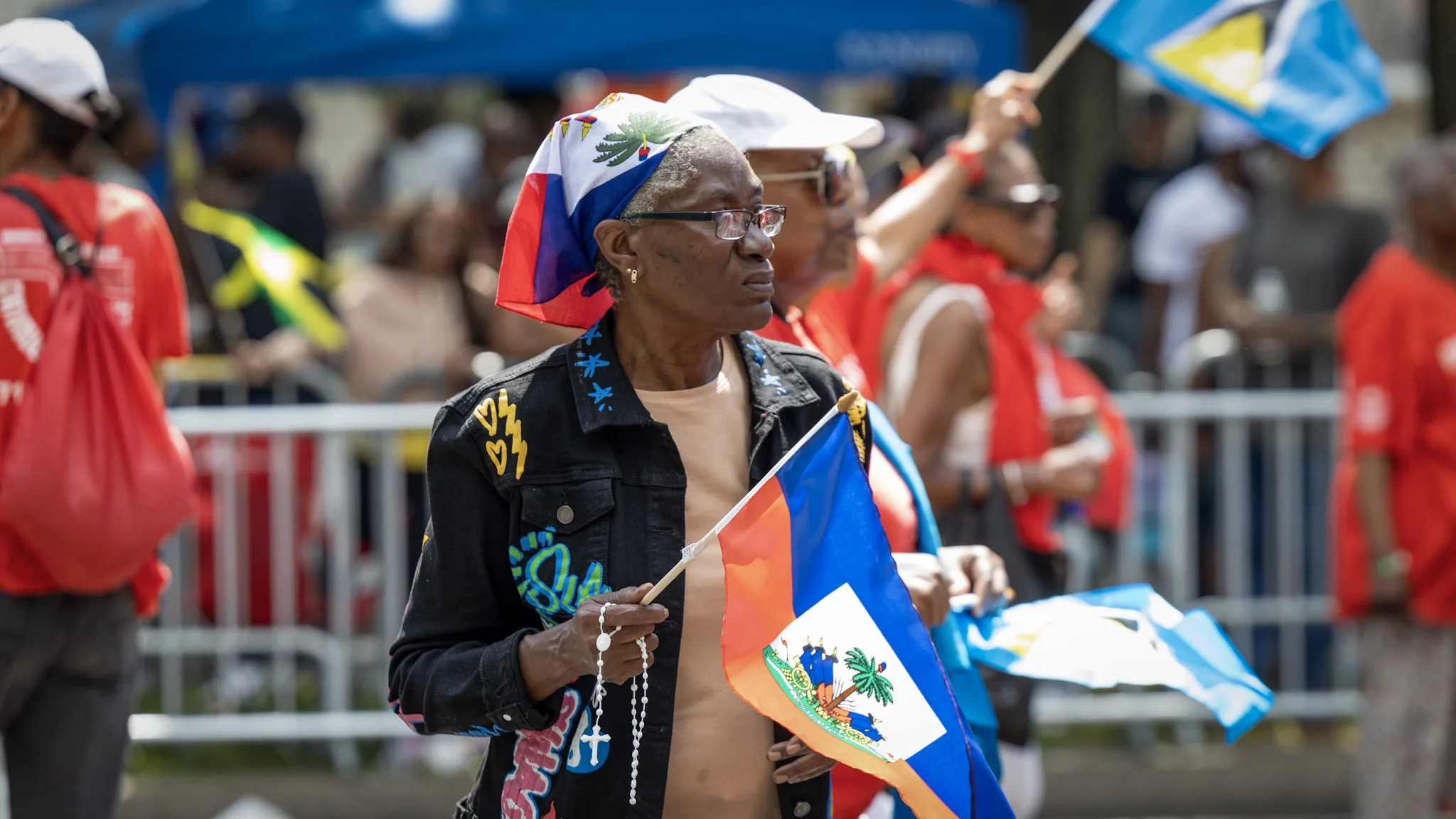This summary about how the U.S. Census Bureau counted Afro-Latino Americans was featured in Documented’s Early Arrival newsletter. You can subscribe to receive it in your inbox three times per week here.
More than six million Americans identify as Afro-Latino, the Pew Research Center has revealed in a new study — a tally that’s millions more than previous best counts.
The center’s data, garnered from a survey of over 68,000 adults conducted in 2019 and 2020, paints an important picture of the complexities of racial and ethnic identity within the broader Latino umbrella.
Afro-Latinos — people of African descent who hail from Latin America or the Caribbean — make up 2% of the U.S. adult population and account for 12% of Latino adults, Pew said.
Nearly 30% of those who self-identified as Afro-Latino also identified as white. One in seven did not identify as Hispanic. Such factors have made it immensely difficult for major studies like the U.S. Census to accurately estimate the size of the Afro-Latino population.
The Census Bureau got its count by asking two separate questions: whether people identify as Hispanic, and whether they are Black. This method led to a much smaller figure: an estimated U.S. population of just 1.2 million Afro-Latinos.
The huge gap between that figure and Pew’s likely exists because the Census’ approach is unable to capture key nuances, posits Pew’s Director of Race and Ethnicity Research Mark Hugo Lopez.
“This is a population that’s heterogeneous and diverse in many ways, one that is difficult to characterize as a single monolithic group,” he explains. “People identifying as both Hispanic and Black is not necessarily the same thing as having Afro-Latino identity.”
“We did things differently from the Census bureau because we wanted to use the language that people use themselves when they talk about their identity,” Lopez continued.
Skin Color-Based Discrimination:
In a related study conducted in March, Pew for the first time asked respondents explicitly about discrimination within the Latino community. Results showed that around a quarter of Latino adults say they’ve experienced discrimination or unfair treatment from other Latinos — something particularly true for respondents with darker skin or who were born outside the U.S.
“The connection between skin color and discrimination is not just a U.S. phenomenon; it’s been a part of the Latin American experience for centuries,” says Lopez, noting that Afro-Latino survey participants were more likely to self-report a darker skin color.
“Our surveys show that Afro-Latinos are somewhat more likely to experience discrimination, particularly when it comes to being unfairly stopped by the police or being criticized for speaking Spanish.”
Read the full Pew Research Center write-up on Afro-Latino demographics here and on discrimination here.
New York
New York state leads U.S. in population loss: New York lost the most residents nationwide in the period from July 2020 to July 2021, in part because net foreign immigration into the state hit its lowest point in 60 years. –The Poynter Institute
New York Immigration Coalition’s political arm issues state legislature endorsements: The group has endorsed nine Democratic incumbents. –Spectrum News
Small business grant opportunity: Verizon runs a program offering small business $10,000 grants, classes and mentoring with a June 30 deadline. –news release
Around the U.S.
U.S. price hikes driven by labor shortage: The U.S. is feeling the effects of a labor shortage fueled by the immigration slowdown during the Trump administration and pandemic. –Associated Press
Schools may be Texas’ next immigration fight: Texas Gov. Greg Abbott’s may soon challenge the idea of the right to public education for all students regardless of legal status. –Associated Press
A portrait of the shifting refugee landscape in Washington state: Washington ranked among the top states for initial resettlement of refugees in fiscal year 2019, alongside Texas, California and New York. –Crosscut
San Francisco museum outlines discriminatory practices against Asian immigrants: The new Angel Island Immigration Museum presents a complicated, often-forgotten history. –SFGate
Washington D.C.
Biden administration slammed in immigration report card: Most experts interviewed by Insider gave Biden an F grade on his administration’s approach to immigration. –Insider
CBP to disband secretive “critical incident teams”: The agency hopes to appear more accountable after the teams’ role in internal investigations came under scrutiny. –New York Times
Immigrants needed to meet U.S.’s coming surge in job openings: With the U.S. workforce aging and population growth slowing, millions of additional workers will be needed to fill jobs, says a new report. –Newsweek
Poll shows most Americans believe Title 42 should end: Still, most Americans doubt the government’s ability to handle an increase in migration once the pandemic expulsion order is off the books. –CNN















